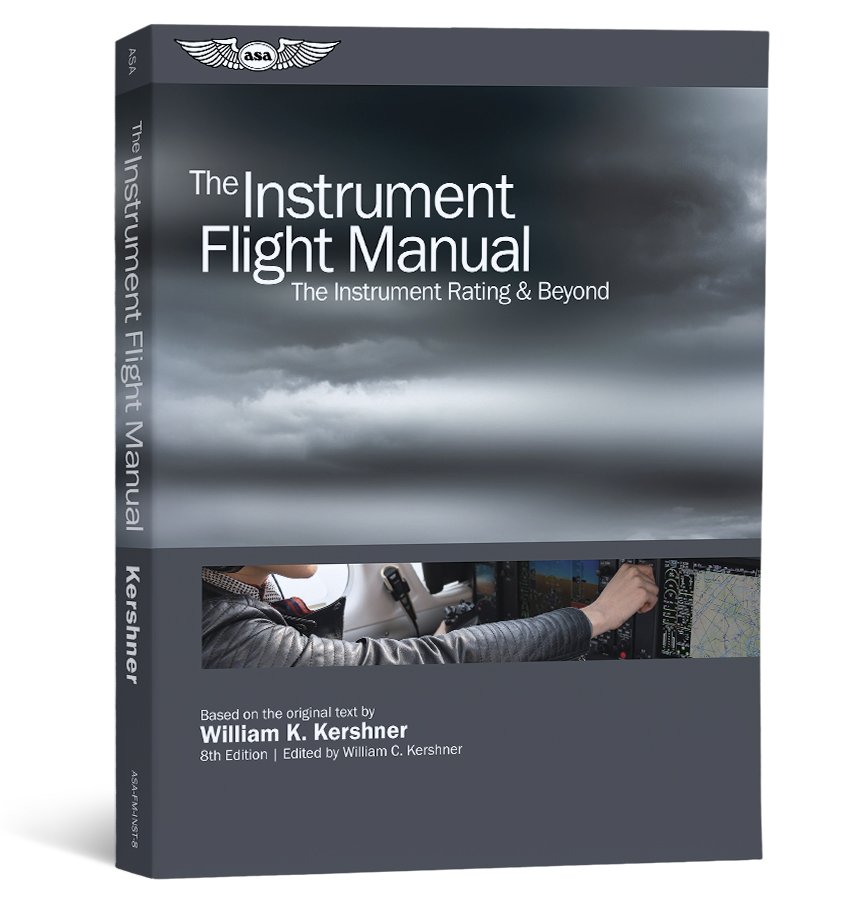The Instrument Flight Manual, 8th edition
The 8th edition of The Instrument Flight Manual contains most of the information needed to achieve your instrument rating (you’ll still have to hit the FAR’s, AIM and ACS).
This book details the rating, airplane performance and basic instrument flying along with the navigation, communication and weather information available. A practice instrument flight from Memphis (MEM) to Nashville (BNA) is planned and “flown” while comparing the forecast to the actual weather at the time of the flight. Inflight contingencies are discussed and the various approaches into Nashville are described. I’m particularly fond of the RNAV (RNP) Z 02L approach, especially when light traffic load allows approach control to say “Direct WAMAR, maintain 5000 until WAMAR, cleared RNAV Z 02L” (Page 13-9 of the book).
This edition of William K. Kershner’s Instrument Flight Manual also gives some insight into the Airman Certification Standards (ACS) that now guide the practical test. If it’s been awhile since you earned your private, you’ll probably be pleased at how the ACS is laid out. One interesting note: at the time of this writing there is no demonstration of partial panel (backup panel for the glass cockpit) recovery from unusual attitudes. That scenario certainly marks a bad day for a pilot, but perhaps the one led to the other.
Having the instrument rating certainly isn’t a blank check for taking off into bad weather, but it will allow the new instrument pilot to file IFR and get up through that thin layer of low clouds or down through the overcast layer and get the airport in sight. The wise pilot will set and stick with conservative personal minimums until more experience and comfort is gained, and not start out planning on a precision approach to mins on that first solo flight, no matter how great that check ride was (under the hood).
Enjoy the instrument rating. Earning it will make you a better pilot.
Bill Kershner (William C. Kershner)
Sewanee, Tennessee

